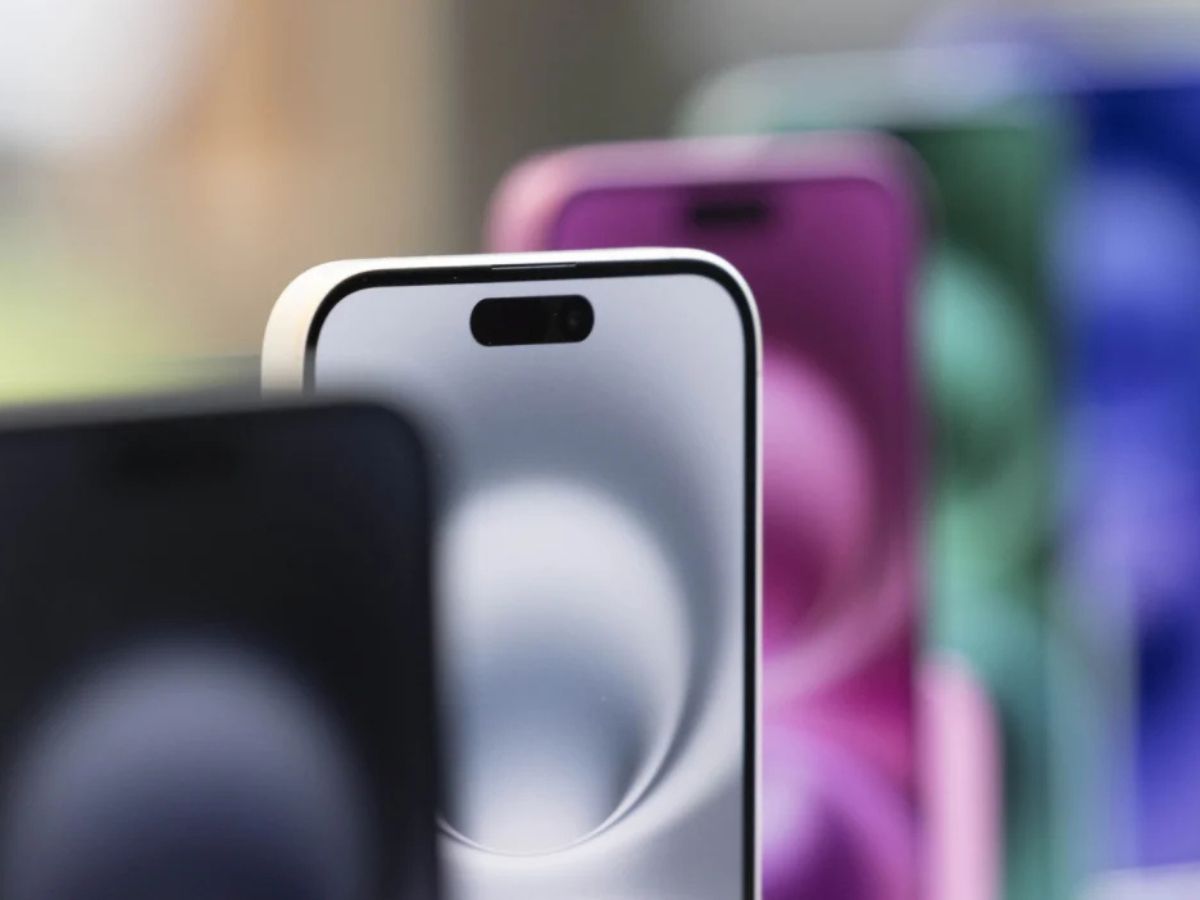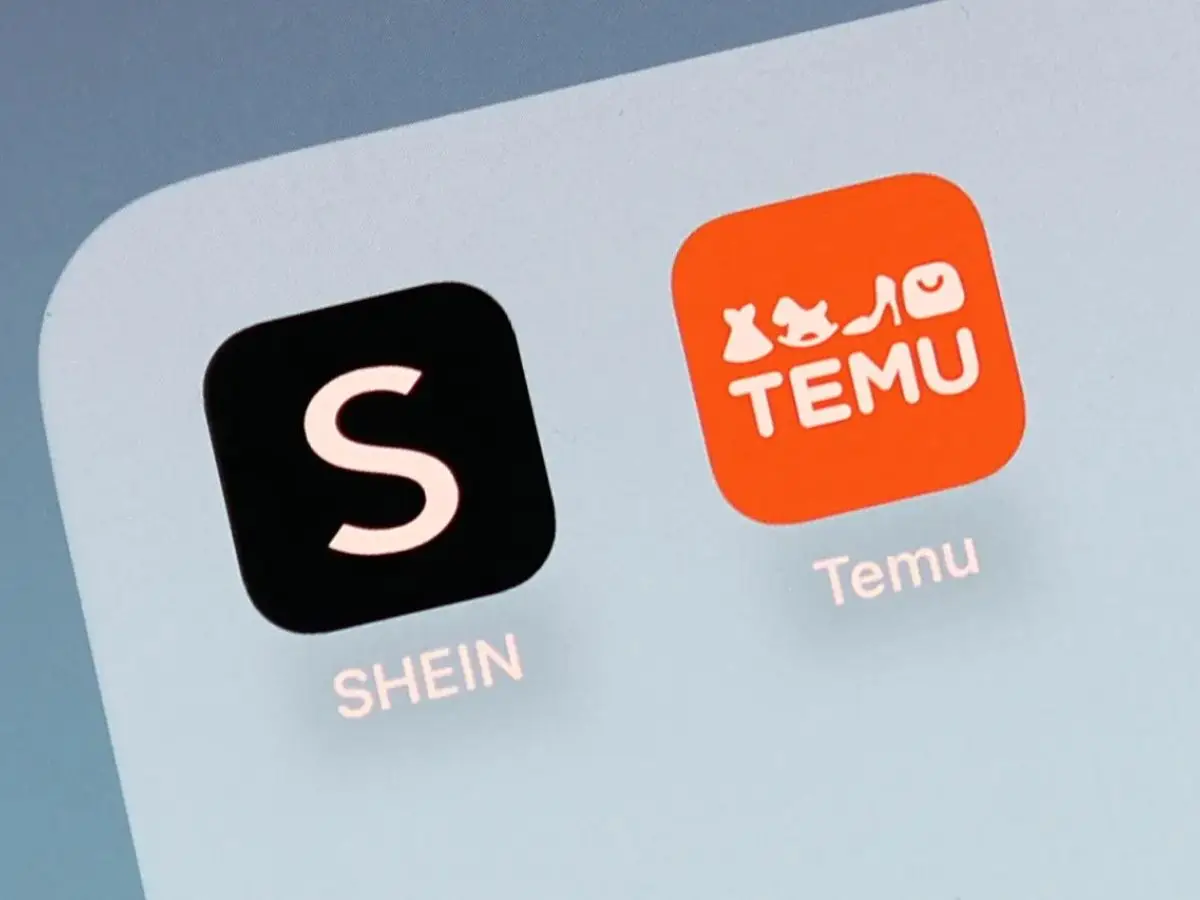iPhone is about to experience its biggest launch schedule change in over a decade, indicating a new era for Apple’s iconic smartphone lineup.
For years, Apple has stuck to a reliable pattern: flagship iPhones every September, with the occasional budget model in the spring.
But starting in 2026, Apple is set to split its iPhone releases into two major events, reshaping how fans, tech enthusiasts, and everyday users experience new devices.
iPhone launch schedule: What’s changing?
iPhone launches have long been a highlight of Apple’s calendar, with September events introducing the latest models to much anticipation.
This tradition has helped Apple set clear expectations for consumers and investors alike. However, as Apple’s product lineup expands, a more flexible approach is emerging.
Beginning in 2026, Apple plans to introduce Pro and foldable iPhone models each fall, while standard and more affordable iPhones will debut in the spring of the following year. This new schedule aims to
- Balance sales throughout the year, reducing the seasonal sales spikes and dips.
- Optimize production and workforce planning.
- Allow Apple to better align hardware and software releases, ensuring new features are ready for launch.
For example, the iPhone 18 Pro, iPhone 18 Air, and Apple’s first foldable iPhone are expected to arrive in fall 2026. Standard models, like the iPhone 18 and iPhone 18e, will likely follow in spring 2027.

iPhone’s Innovations and New Models
iPhone’s upcoming lineup isn’t just about timing-it’s about innovation and variety. The rumored foldable iPhone, anticipated for 2026, is set to feature a 7.8-inch internal display and a 5.5-inch external screen, with a book-style fold and premium design elements like a metallic glass hinge and side-mounted Touch ID.
This marks Apple’s entry into the foldable smartphone market, where design and functionality are top priorities.
Meanwhile, the iPhone 17 Air, expected this year, will reportedly be Apple’s thinnest iPhone yet, though its slim profile may mean shorter battery life-something Apple plans to address with an optional battery case.
Looking further ahead, the iPhone 18 Pro and Pro Max could introduce under-display Face ID, leaving only a small camera cutout, and by 2027, Apple may unveil an all-screen iPhone with no visible cutouts at all.
Other notable updates include:
- The return of spring launches for budget-friendly models, like the iPhone SE, which is expected to adopt Face ID and support Apple Intelligence features.
- Continued refinement of the iPhone’s design, with slimmer bezels and lighter form factors.
- Enhanced camera systems and display technologies keep iPhone at the forefront of mobile innovation.
Final words
iPhone’s changing launch schedule reflects Apple’s commitment to meeting the needs of a global audience that expects both innovation and reliability.
By splitting releases into two annual events, Apple can keep excitement high year-round and ensure that each new iPhone-whether it’s a cutting-edge Pro model or an accessible standard edition-gets the spotlight it deserves.
For users, this means more choices, more frequent updates, and a smoother upgrade experience. As always, Apple’s plans are subject to change, and while these reports are based on credible industry sources, official confirmation will come directly from Apple in the months ahead.







